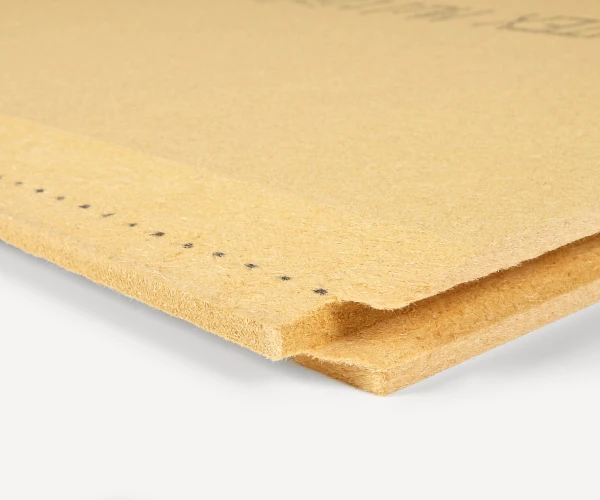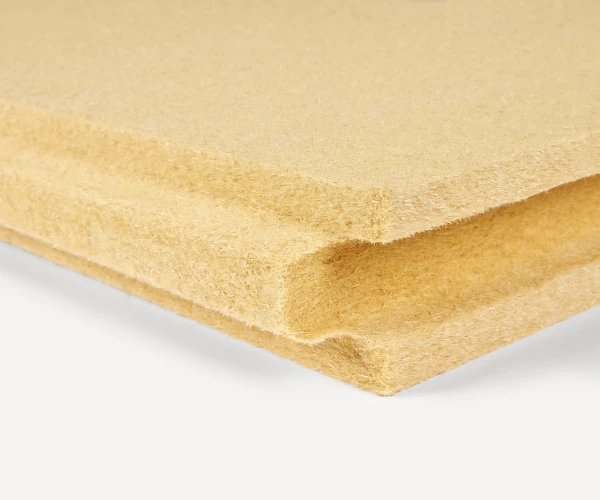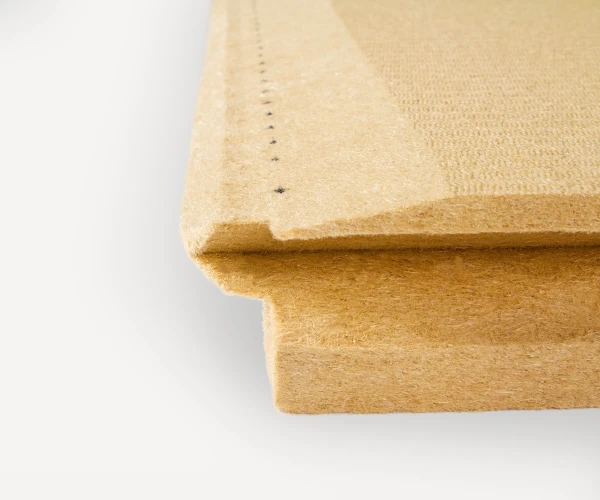Go to Section
Ask the Expert: What Do I Need To Know About External Roof Insulation?
Wednesday 31st May 2023
Also in category: Healthy living
Externally insulating a roof can be the most effective option to upgrade thermal performance. This is especially pertinent if there is a living space in the roof that requires a comfortable indoor environment throughout the year, regardless of the weather conditions outside. In this blog we will look at some common questions asked when it comes to using wood fibre insulation to thermally upgrade a roof.
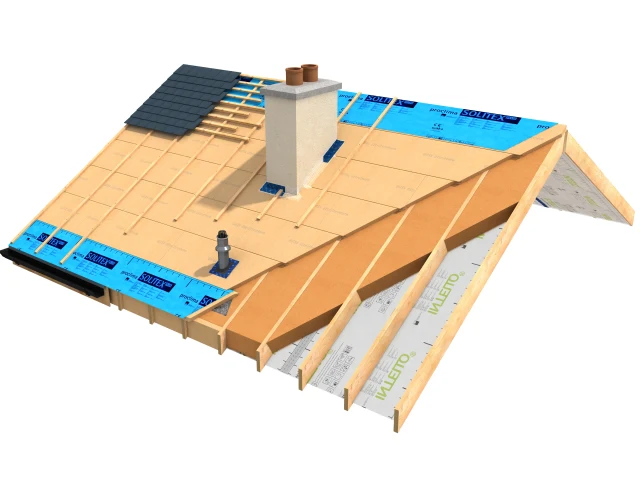
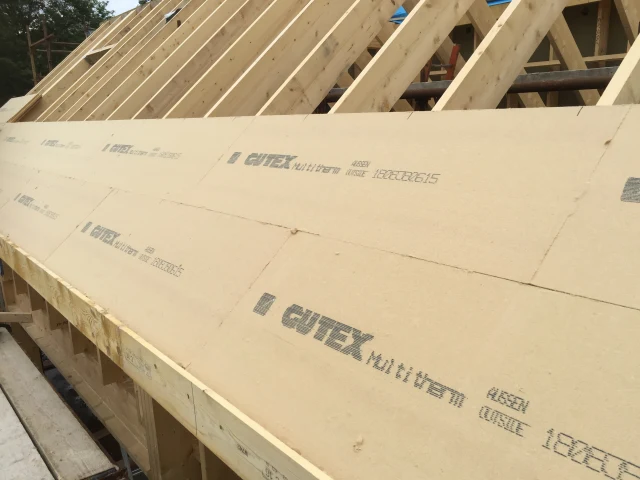
Blog author

Niall Crosson
Technical Director (BTech, MEngSc, MIEI, CEPHC)
Niall is the Technical Director for Ecological Building Systems and was also the company’s first employee. Niall holds a first class honours degree as a Bachelor of Technology and a Masters in Eng.Sc. Niall is a certified Passivhaus Consultant and has provided technical guidance on many award winning low energy projects in Ireland and the UK, and has authored or co-authored several chapters in both the Passivhaus Handbook and the Passivhaus Designers Manual. Niall is also on the board of directors of the Irish Green Building Council and provides guidance on several national standards committees. Along with this, Niall has contributed to several construction publications including The Journal of the RIAI.



